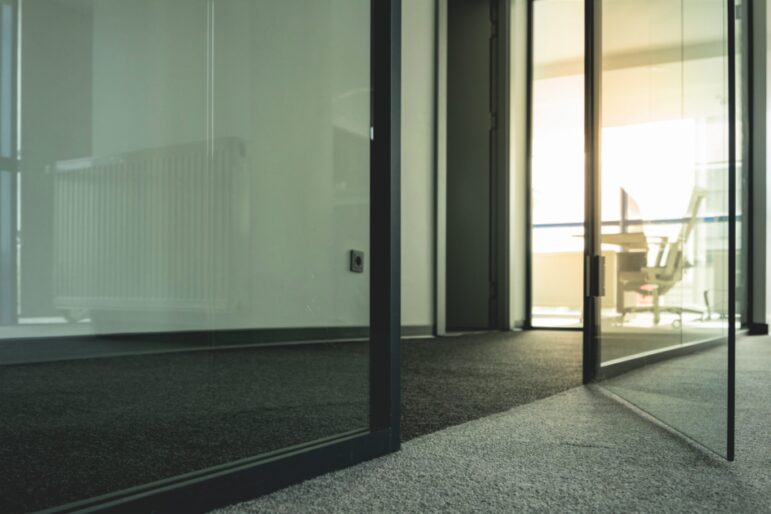Winter brings a unique challenge to carpet care. During the warm and dry periods of the year, the soil that builds up in the carpet can act like tiny razors, slowly cutting away at carpet fiber with regular traffic. Fortunately, most of that soil is dry, so it can be vacuumed and removed from the carpet without causing too much damage.
However, it becomes more challenging when that soil is mixed with moisture and ice melt. Ice melt is mostly made from salt (sodium chloride), calcium chloride, and magnesium, and it is designed to form a liquid solution when mixed with ice. However, when it builds up in the carpet, it can leave a residue that damages carpet fibers, reducing their life span. It can also trap germs, mold, or mildew, possibly impacting the health of your facility.
RELATED: Extending the lifespan of carpet
It is estimated that up to a pound of soil can build up in a carpet before it gets noticed. With a reactive approach, the carpet may not be cleaned until that time, and that’s too late. By then, the soil and moisture may have permanently damaged the carpet fibers and shortened the carpet’s life span.
Fortunately, there are steps managers and cleaning professionals can take to help prevent this from happening. Here are some of the steps necessary to implement a proactive winter carpet care program:
- Document which carpeted areas are most prone to soiling during the winter months, so you can focus on those areas to keep soil and moisture from spreading throughout the facility.
- Consider that winter carpet care challenges vary by facility. For instance, the carpet on lower floors in an office building is typically the most soiled, but traffic patterns differ in all types of buildings. What works for one facility may not be the best approach for another.
- Use entry mats and indoor floor mats to help keep carpets clean and healthy. An effective year-round matting system includes three types of entry mats:
- Install scrapers outside building entries. As the name implies, these scrape off large debris from shoe bottoms.
- Install wipers/scrapers directly inside the building. These continue the scraping process, also wiping moisture off shoe bottoms.
- Wipers should be installed after the wipers/scrapers and in key walkways inside the facility as your final line of defense.
By installing five to 10 feet of each type of mat at building entries, you can trap and capture as much as 85 per cent of soil and moisture before it can travel through your building.
- Develop a comprehensive carpet cleaning program that maintains the facility’s health, protects the carpet, and decreases winter carpet cleaning costs. For example, a large facility has carpeted floors throughout the building. For two months, all carpet is cleaned monthly using a shampoo or bonnet system to quickly remove top-level soil. In the third month, it’s cleaned with an extractor, which is a slower method, but it removes soil deep in carpet fibers. This three-step system will help to improve the longevity of the carpet.
- Use an expert. Maintaining a building can be complicated and all-too-often results in trial-and-error purchasing. Working with a knowledgeable janitorial distributor can accelerate results and save you money.
Janitorial distributors know cleaning – that’s their job. Further, if they are part of a network of distributors, they can access ongoing training programs, so they stay up to date on new technologies, systems, and products to help customers keep their facilities healthy and looking their best through winter and the rest of the year.
Joshua Robertson is the Director of Marketing for AFFLINK, a leading sales and marketing organization for distributors throughout North America. He can be reached at www.afflink.com









